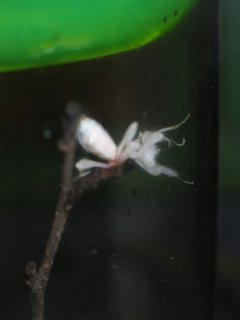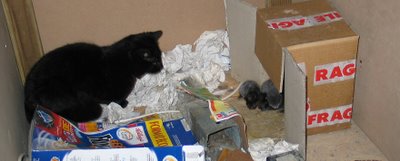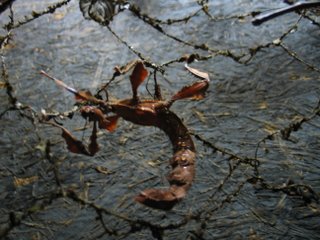However, burning wood is much more work. With oil, I turn it on and a thermostat does the rest. With wood I have to spend about two to three hours a week, with a chain saw, cutting metre length wood logs in two (so they fit in the stove), and bringing the wood indoors. Then each day I need to top up the stove roughly every two to three hours.
Winter is starting to bite now, with temperatures outside dropping to -5°C or less at night, and the house cools quickly overnight. Even with a full stove when we go to bed, the house drops to 15/16°C by the morning. It then takes most of the day to climb back to 18/19°C; not warm by most people's standards, but not cold once you are used to it.
So, I'm looking for a stove that (a) takes metre long wood without cutting, and (b) burns for 12 hours without intervention. They exist I'm told, but I haven't found one yet!
I've looked at other options such as wood-pellets, but the storage space for the pellets is big; we'd have to convert the garage!
Winter is starting to bite now, with temperatures outside dropping to -5°C or less at night, and the house cools quickly overnight. Even with a full stove when we go to bed, the house drops to 15/16°C by the morning. It then takes most of the day to climb back to 18/19°C; not warm by most people's standards, but not cold once you are used to it.
So, I'm looking for a stove that (a) takes metre long wood without cutting, and (b) burns for 12 hours without intervention. They exist I'm told, but I haven't found one yet!
I've looked at other options such as wood-pellets, but the storage space for the pellets is big; we'd have to convert the garage!



